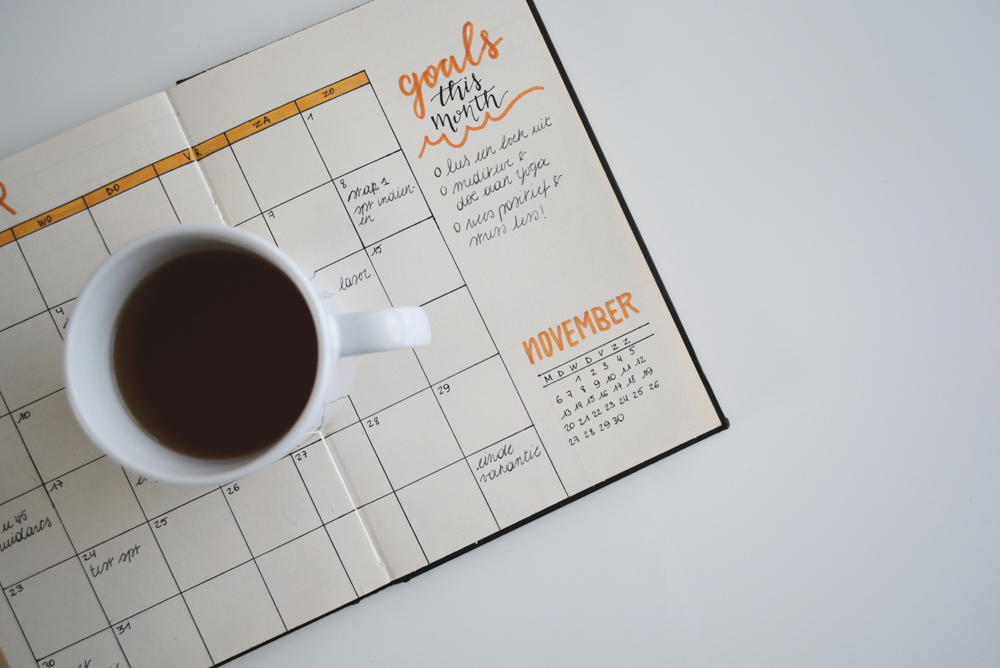The Power Is in the White Space
Why You Should Leave Time in Your Schedule to Regroup

In design school, artists are taught about the power of “white space” — the area between elements — to draw the viewer’s eye toward what is most important and to help create a feeling of clarity and simplicity. White space makes an impact. It allows the work to breathe.
This is true in our lives as well. Consider your last hectic day: You jam-packed your calendar from 8 a.m. through 5 p.m., you didn’t leave a single minute to regroup at your desk, to eat lunch, or to get back to anyone that has emailed or called you. You scrambled out of work to pick up the kids or to get to an appointment … and realized you still had a good three hours of actual work left to do.
When you take a step back and consider your calendar on a consistent, weekly basis, you allow yourself to pinpoint days and times when you’ve squeezed things just a little too closely together, and this lets you make better scheduling decisions.
Instead, adding some “white space” back on the calendar and in between activities gives you the chance to take a breath and re-center yourself. It helps you focus, giving you more clarity when you’re actually in those meetings and working on those important projects you need to get done.
While you can’t always control the amount of white space in between activities, a regular look at your schedule will give you some measure of control, restoring some much-needed balance to your day.
Here are four simple steps to help you put more white space in your days:
- Stop and assess your calendar as it’s currently configured. How much space do you leave yourself between meetings and other obligations in your day? If you’re rushing from one thing to the next with no breathing room, consider spending more time planning. Give yourself bigger breaks in between commitments, and you’ll notice a huge impact on your performance and your day.
- Learn to say “no” to things — or at least “not right now.” When you say no to something, remember you’re saying yes to something else. White space doesn’t just happen. You have to schedule and insist on it. Which leads us to the next step.
- Leave time at the end of your day for planning and cleanup — just like you learned to do in kindergarten! This must be scheduled time. Consider it the most important appointment of your day and make it a priority. Use this time to recap the day, clean up your desk, empty that email box, and, most importantly, plan for the next day. This way, you get to leave work at work and focus on the things and people in your life during your off-hours.
- Let go of the feeling that you have to get it all done right now! This mind-set is reinforced by a lot of office cultures, but it’s very counterproductive. We all want to appear busy and important making calls, hurrying off to meetings, ticking off item after item on the to-do list. But in the end, you’re not leaving yourself enough white space — which leads to stress and burnout … and makes you much less productive. Prioritize the most important tasks of your day, early on if possible, and set realistic goals for your day. Remember: If everything is important, then nothing is important!
The next time your mind starts buzzing and you realize that you haven’t had a second to stop and take a breath in your day, ask yourself, “What’s missing here?” As with design, the answer might just be more white space!
Sara Caputo transforms how individuals, teams, and small businesses navigate workflow and increase productivity. Her work has been featured in Working Woman, Success, and Forbes, as well as other national and regional publications. She can be reached at sara@saracaputoconsulting.com.



